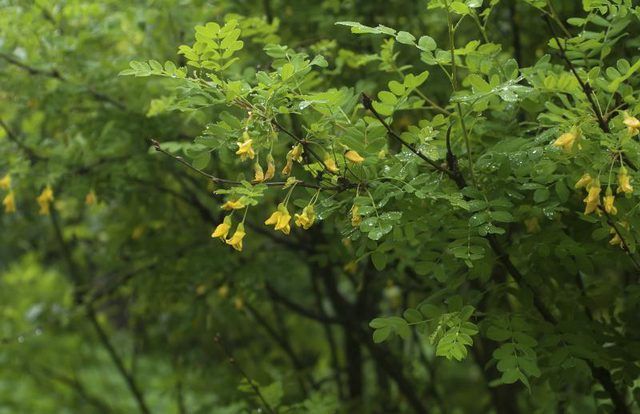Bulbs
Flower Basics
Flower Beds & Specialty Gardens
Flower Garden
Garden Furniture
Garden Gnomes
Garden Seeds
Garden Sheds
Garden Statues
Garden Tools & Supplies
Gardening Basics
Green & Organic
Groundcovers & Vines
Growing Annuals
Growing Basil
Growing Beans
Growing Berries
Growing Blueberries
Growing Cactus
Growing Corn
Growing Cotton
Growing Edibles
Growing Flowers
Growing Garlic
Growing Grapes
Growing Grass
Growing Herbs
Growing Jasmine
Growing Mint
Growing Mushrooms
Orchids
Growing Peanuts
Growing Perennials
Growing Plants
Growing Rosemary
Growing Roses
Growing Strawberries
Growing Sunflowers
Growing Thyme
Growing Tomatoes
Growing Tulips
Growing Vegetables
Herb Basics
Herb Garden
Indoor Growing
Landscaping Basics
Landscaping Patios
Landscaping Plants
Landscaping Shrubs
Landscaping Trees
Landscaping Walks & Pathways
Lawn Basics
Lawn Maintenance
Lawn Mowers
Lawn Ornaments
Lawn Planting
Lawn Tools
Outdoor Growing
Overall Landscape Planning
Pests, Weeds & Problems
Plant Basics
Rock Garden
Rose Garden
Shrubs
Soil
Specialty Gardens
Trees
Vegetable Garden
Yard Maintenance
How to Grow a Caragana Hedge
How to Grow a Caragana Hedge. Caragana (Caragana arborescens) is a plant for sites where few others can grow. In U.S. Department of Agriculture plant hardiness zones 2 through 7, and where winters are very cold and summers are dry, caragana makes an effective privacy hedge and windscreen. Also called Siberian peashrub and Siberian pea tree,...

Caragana (Caragana arborescens) is a plant for sites where few others can grow. In U.S. Department of Agriculture plant hardiness zones 2 through 7, and where winters are very cold and summers are dry, caragana makes an effective privacy hedge and windscreen. Also called Siberian peashrub and Siberian pea tree, caragana grows 15 to 20 feet tall and 12 to 15 feet wide, and thrives with little care in most growing conditions.
Growing Conditions
Caragana tolerates a wide range of poor growing conditions. Dry, infertile soil, highly alkaline soil, drought, strong winds and very cold temperatures present few problems to this plant. Caragana also tolerates partial shade, but doesn't grow in full shade and can't tolerate wet, very sandy or saline soils or salt spray. New growth in spring is slightly tender, so to prevent scorching. grow your caragana hedge in an area that doesn't receive early morning sunlight. For a strong-growing, healthy hedge, grow caragana in medium moist or dry, well-drained soil in full sun.
Caragana Care
An established caragana hedge needs very little care. Space caragana plants 5 feet apart to create a hedge, and plant them at the same depth they were growing in their containers. Water your caragana hedge when the soil is dry to a depth of 2 inches for the first growing season. Caragana extracts nitrogen from the air and fixes it in its roots, so your hedge doesn't need a chemical or organic fertilizer to grow healthily.
Hedge Trimming
Pruning a caragana hedge in spring and summer shapes it and restricts its growth. Electric hedge trimmers can be used to trim caragana because this plant grows back vigorously, covering any bare, woody patches in leafy growth. Put on long pants, a long-sleeved shirt, thick leather gloves and safety goggles, and trim your hedge in early spring before new leaves appear. Trim the hedge to the required size. In mid-summer you can shape the new growth with hedge shears. If your caragana hedge is growing too large, trim it severely in late summer, removing most of the foliage. This reduces the energy the plant can store in its roots to produce new growth in spring.
Pests and Diseases
Spider mites, blister beetles, grasshoppers and aphids can infest a caragana hedge, and its leaves can suffer from leaf spot diseases. Infestations and diseases can cause poor quality foliage in mid- through late summer, but are unlikely to severely damage the hedge. Keeping the plants properly pruned to open up air circulation helps in stopping leaf spot diseases. Keep the area clean by raking up and disposing of any fallen leaf debris. Blast heavy insect infestations off the leaves with a high-pressure spray from a garden hose. Caragana seeds are a valuable food source for wild animals, hummingbirds feed on caragana flower nectar and songbirds nest in its foliage. Avoiding the use of pesticides to control infestations helps protect the local wildlife.